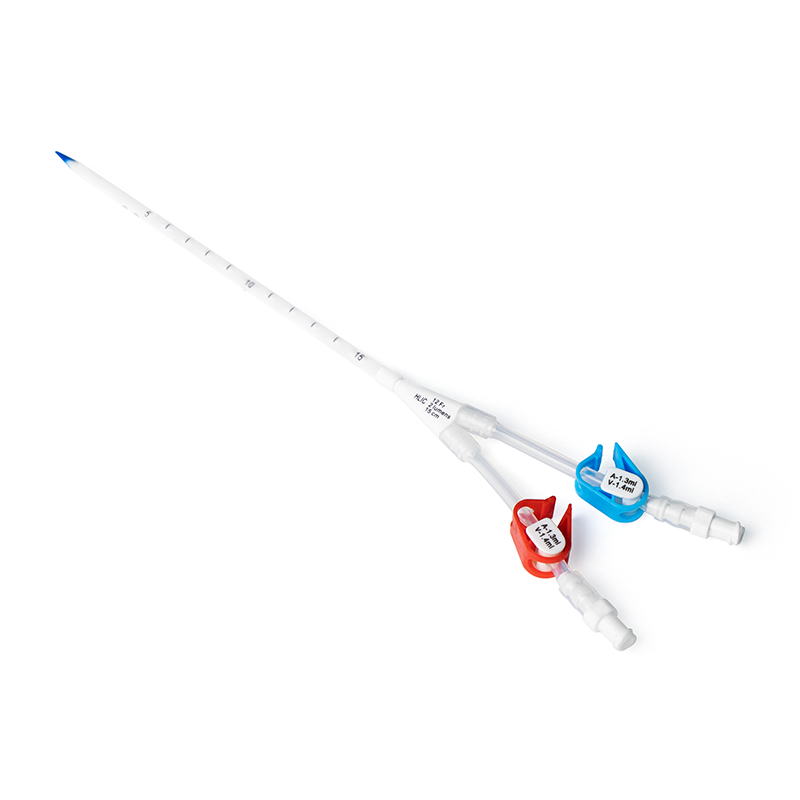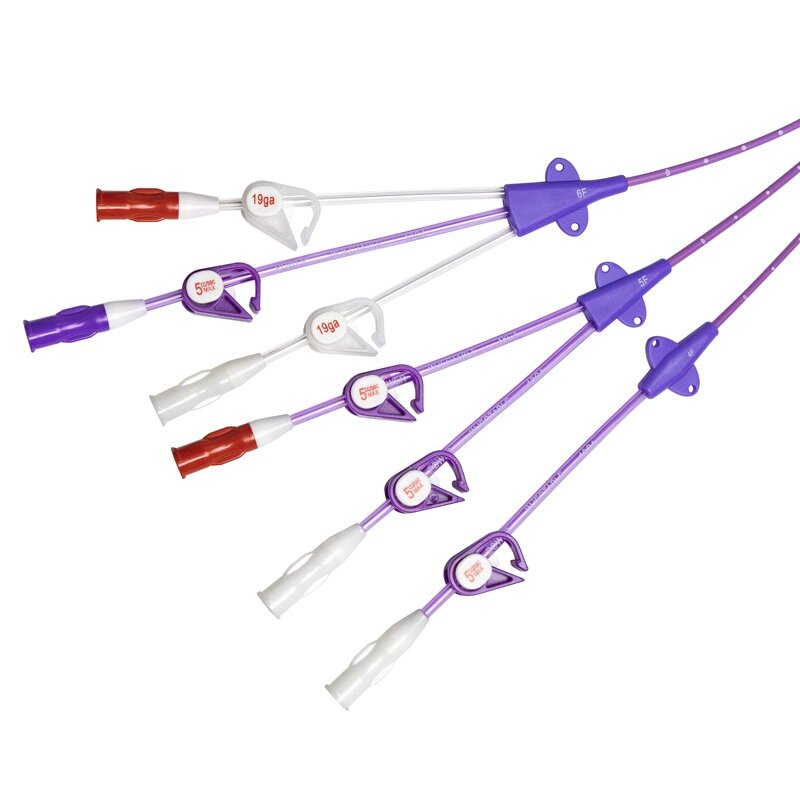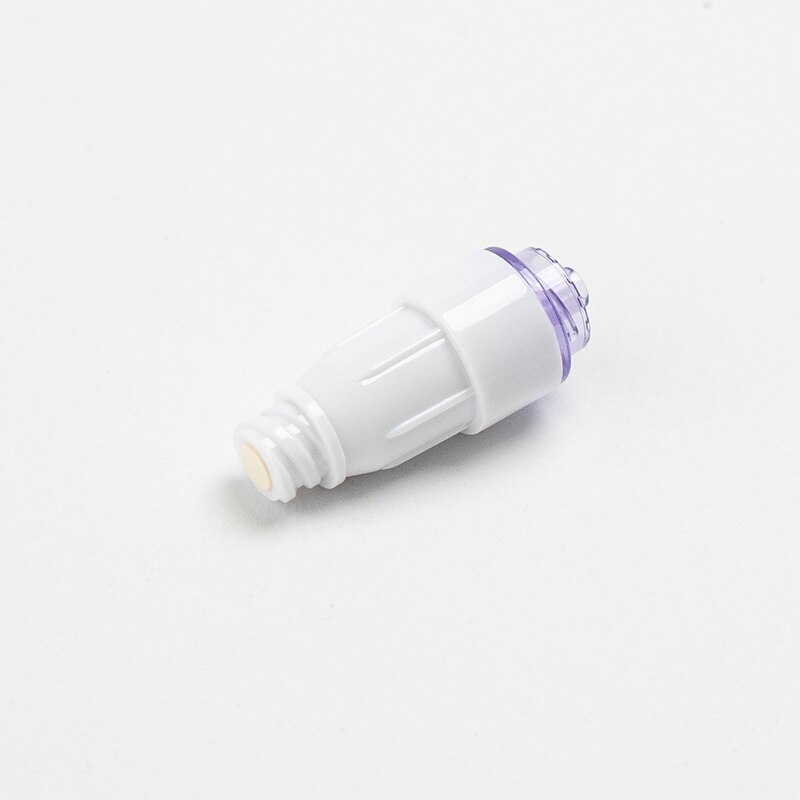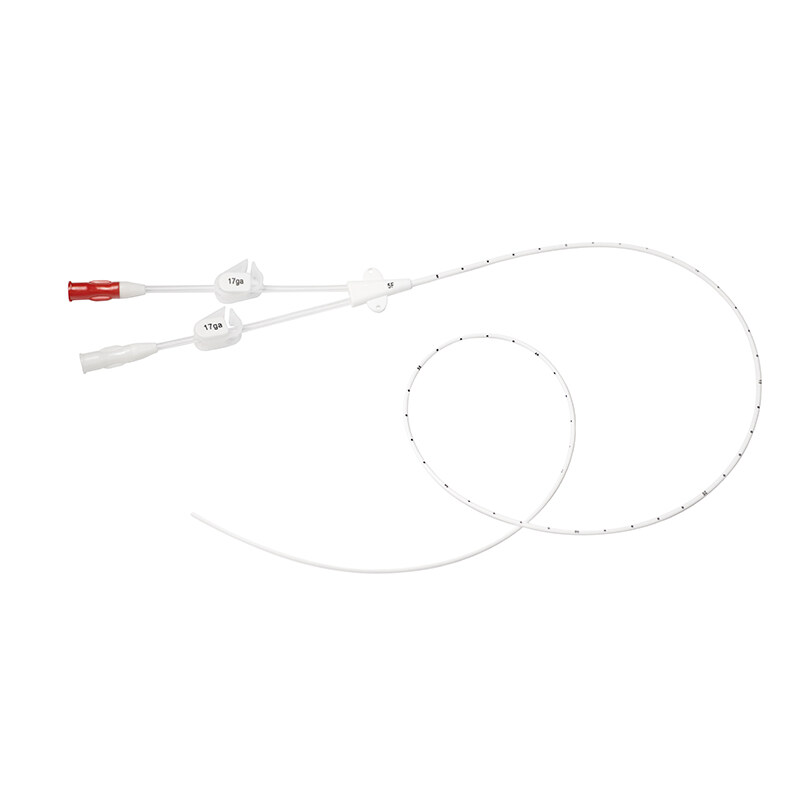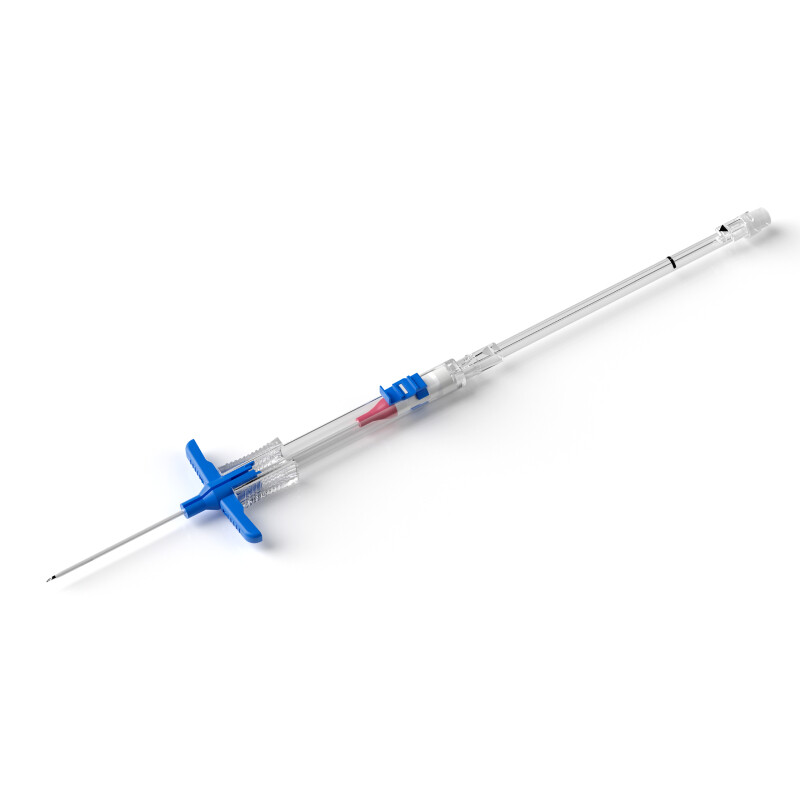By Guan Zhiwei
-from The First Affiliated Hospital of Henan University of Chinese Medicine
Intravenous infusion is one of the main therapy to treat the disease, when the drugs extravasate, lightly lead to local tissue pain red swelling, seriously lead to tissue ulcer necrosis, so it is necessary to focus on prevention, and properly handle extravasation also should be keep in mind, to avoid giving patients more pain. Once extravasation occurs, the infusion site should be replaced immediately, and the corresponding treatment measures should be taken actively to eliminate tissue edema and drug toxicity to cell tissues.
Principles:
1, promote liquid reabsorption.
2, the use of antagonists drug effect.
3, inactivate the toxicity of extravasative drugs.
Specific methods:
At present, the main treatment methods of infusion extravasation are cold compress, hot compress, magnesium sulfate wet compress and others. Cold compress is used for acute infusion extravasation and injuries mainly caused by hyperemia and edema. The use of hot compress for ischemic changes caused by vasoconstrictor extravasation. Apply hot compress carefully,it’s easy to cause skin burns in children, children's skin delicate, thin cuticle, local medication can be quickly absorbed, sometimes even some adverse reactions. Therefore, local drug treatment for infusion extravasation in children is more cautious.
1. Drugs with less vascular irritation:
Antibiotics:
(1) When the redness < 5cm ×5cm, the extravasated liquid is less irritating to the tissue and easy to be absorbed, and the hot compress method can be used (it can be carried out after 4h after needle extraction). Or wet compresses with 95% alcohol and 50% magnesium sulfate, the swelling will soon subside. If the injected liquid is a vasoactive drug, although the local swelling is not obvious, but the redness, pallor, and pain are obvious, the injection site must be changed immediately, and wet compresses with 95% alcohol can be continuous used locally, the redness and swelling will soon disappear.
(2) When the redness> 5cm ×5cm, generally within 48 hours of extravasation of the drug solution, the affected site should be elevated to promote the absorption of local extravasation. With 50% magnesium sulfate or 95% alcohol continuous wet compress, to form local blockade, it also can be antagonized with the corresponding drugs, such as dopamine, m-hydroxylamine, norepinephrine and other extravasation solutions can be antagonized with phentolamine, nitroglycerin, dexamethasone, calcium solution can be antagonized with 50% magnesium sulfate, scopolamine (654-2) wet compresses, as well as potato or ginger external compresses.
(3) For drugs with greater vascular irritation (local inflammatory response) such as: erythromycin or sathorin drugs, cold compresses should be given (constricting blood vessels, reducing absorption, inactivating drug toxicity) or magnesium sulfate wet compresses (to prevent endovascular inflammation of small vessels), and 0.5% of 654-2 solution wet compresses (can fight microvascular spasm, improve cellular immunity and complement content, promote the phagocytic function of the reticuloendothelial system, and achieve enhanced self-resistance and control of inflammation).
2. Cationic solution and hypertonic solution:
calcium solution can be antagonized with 50% magnesium sulfate, scopolamine (654-2) wet compresses.
(2) When mannitol extravasate, hot compresses can be used initially, magnesium sulfate and 75% alcohol wet compresses can also be used.
Points of attention:
After extravasation exceeds 24h, do not apply hot compresses. Because at this time, the local skin is pale, and then gradually turns dark red, local bleeding may occur, so that the hot compress can cause the local skin temperature to rise, metabolism to increase, cell oxygen consumption to increase, can accelerate tissue necrosis.
3. Vasodilating drugs:
All of the above methods can be used. When continuously infusing dopamine and m-hydroxylamine, two venous channels should be established with indwelling needles, which should be used alternately every 2 to 3 hours to avoid local tissue necrosis, and the intravenous access must be established with normal saline before infusion of stimulant drugs, and after the successful puncture, the stimulant drugs are infused.
- Vasopressor:
Norepinephrine, Alamine, etc., when the extravasation is mild - hot compresses, severe treatment according to medical advice.Partially closed, 654-2 wet compresses, etc. (can also be closed with phentolamine, hydrocortisone wet compresses).
- Antitumor drugs:
A small amount of extravasation: as long as the suspected leakage, immediately stop the infusion, and then first suck back the intratherapy drug, secondly inject 5 to 10 ml of normal saline, dilute the local drug concentration, and ice at the same time(constrict blood vessels, reduce absorption, relieve pain, inhibit local inflammatory reactions). Others are carried out as directed by the doctor.
Anti-cancer drugs should be injected in two steps: saline diversion - drug infusion - saline infusion
- Local blisters caused by drugs extravasation
If the blisters are small and unbroken, try not to puncture, and can be applied externally with iodophor; If the blisters are large, the iodine volt disinfection is used to extract the exudate from the blister with a sterile syringe, and then applied with the iodine volt.
Attached:
1. Hyoscarbocline wet compress for the treatment of intravenous fluid extravasation:
Methods: Disinfect the needle eye and swelling site with 0.5% iodophor cotton swab first, and add NS 10 mg plus NS 10 ml soaked sterile gauze to cover the swelling area, and change the solution once an hour;
Efficacy: Hyoscarbocline wet compress and 50% magnesium sulfate solution wet compress have good swelling reduction and pain relief effects.
Principle: Hyoscarpine is an anticholine drug that blocks Mcholine receptors, which can relax smooth muscles and relieve microvascular spasm, and wet compresses to promote the rapid penetration of drugs into subcutaneous tissues, relax vascular smooth muscles, relieve venous vasospasm, and dilate local vascular vessels. Improves microcirculation to facilitate the reabsorption of extravasative liquids.
2. Magnesium sulfate wet compress for the treatment of intravenous fluid extravasation :Methods: Disinfect the needle eye and swelling site with 0.5% iodophor cotton swab first, add 100 ml of warm boiling water with 50 g magnesium sulfate powder, soak sterile gauze to cover the swelling area, and change the solution once an hour. The efficacy of both groups was observed.
Efficacy: 50% magnesium sulfate solution wet compresses have a good swelling reduction and analgesic effect
Principle: Magnesium sulfate is a traditional drug for extravasation of infusion, and its hyperosmolarity and pharmacological effect can alleviate local swelling, relieve vasospasm and improve microcirculation, thereby reducing the inflammatory response.

